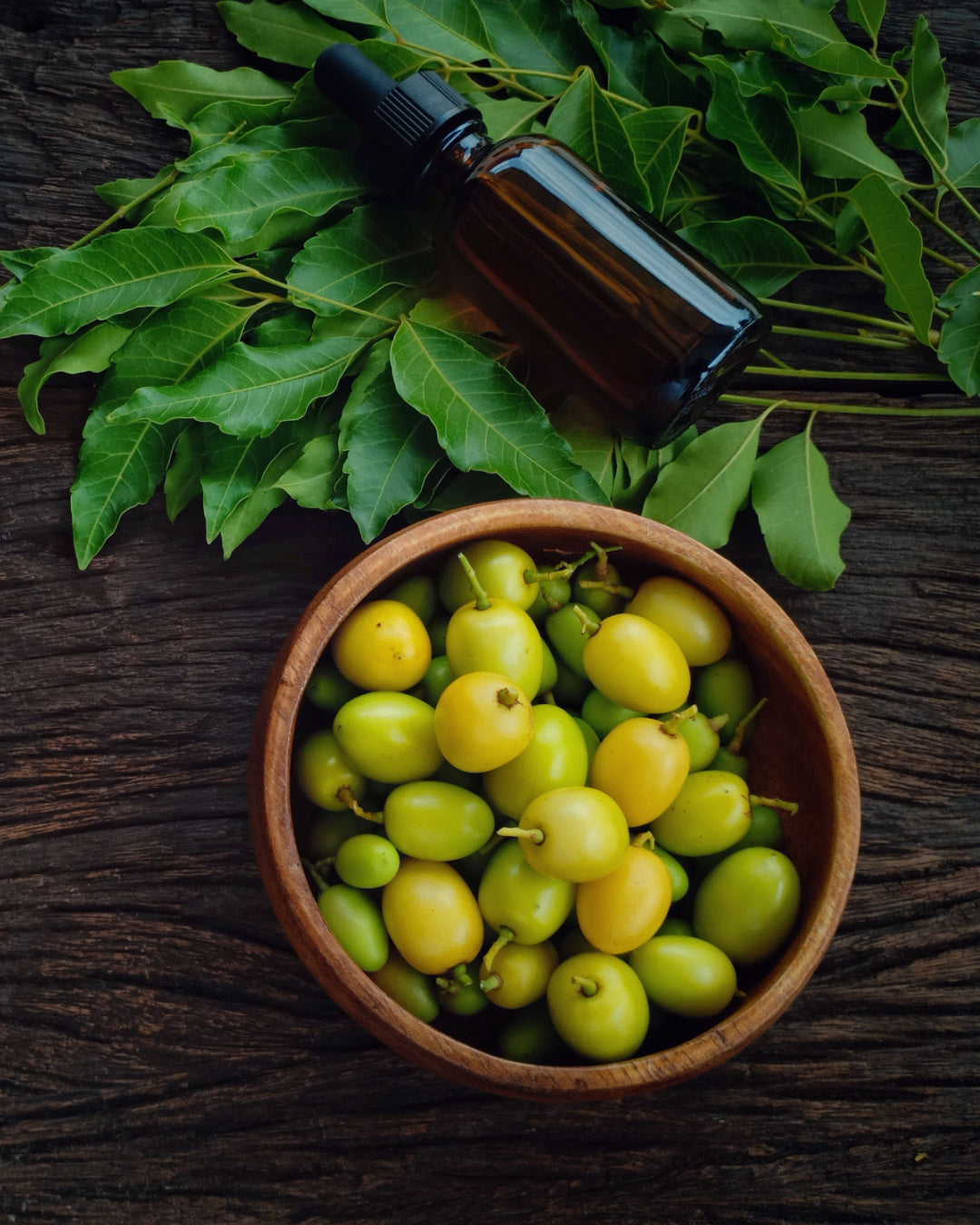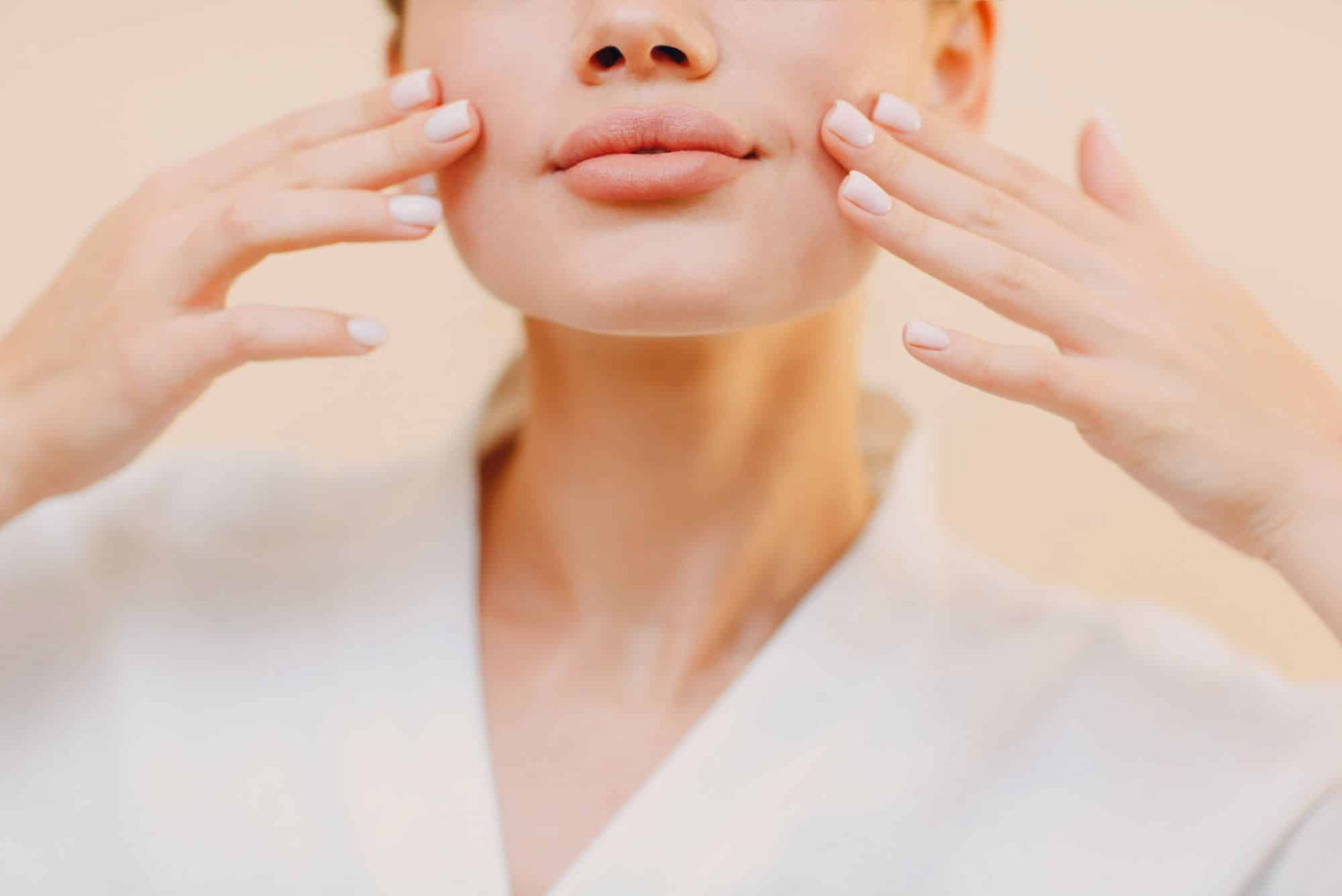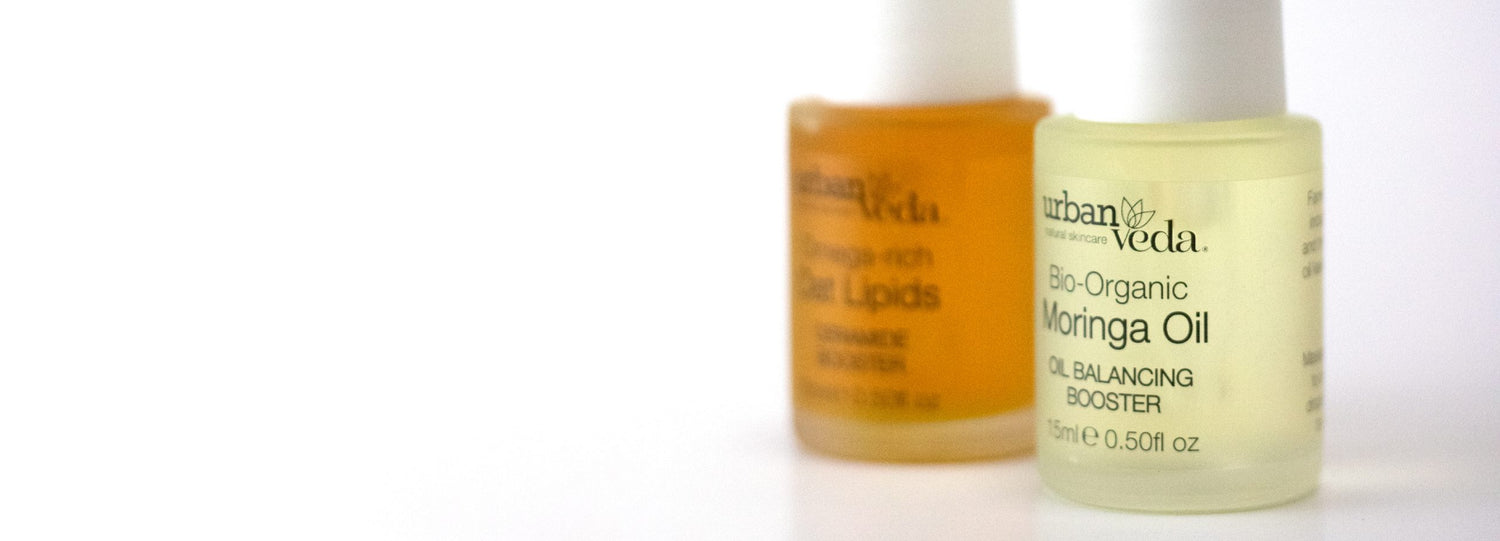Hi there Urbanites!
My name is
Mia and I am Urban Veda’s marketing executive. I am involved with our New Product Development process. Sourcing potential packaging options for our upcoming product launches. Sustainability and plastic pollution has always been truly important to our team at Urban Veda. I believe brands have a platform to set an example to their customers by transcending sustainability across everything they do. From using clean and natural ingredients, to choosing sustainable and eco-friendly packaging.
I joined Urban Veda over a year ago now and as you can imagine I have learnt a lot, particularly in the packaging sphere. Plastic has been a hot topic of debate as of recent years with the world coming into a global crisis due to its unsustainable disposal. We have all seen the video of a plastic straw stuck up a turtle’s nose. It's truly heartbreaking. We need to make a change and act fast to help stop plastic pollution.
With new types of packaging now available for brands to use, it can get confusing at times. PCR, PET, PP, Sugar Cane, Bio – what does this all mean? The truth behind certain types of packaging might be ugly, but here is what I have learnt in the past year:
Grades of Plastic:
A scale of 1 to 7 grades plastic. So different types of plastic fall onto the scale differently. This therefore has implications when it comes to recycling as not all recycling plants accept all 7 grades of plastic. Different types of plastic mixing complicates recycling. Again only being able to be recycled depending on each individual recycling plant. Mixing plastics is dependant on differing densities and grades. This limits its chances of being recycled. Recycling of plastic worsens its overall grade. Impacting the amount of recycling plants that will accept that new grade of plastic. So there are pros and cons to using different grades of plastic.
PET Plastic:
This stands for Polyethylene Terephthalate and is a form of polyester. It is virgin plastic, so brand new, grade 1 plastic. It makes single use plastic drinks bottles. Due to it being brand new plastic. PET is accepted across the UK into most, if not in all recycling plants. Raising the chances of it being successfully recycled. However using PET still contributes to the global plastic pollution problem if they are not disposed of correctly.
PCR :
Post Consumer Recycled plastic is made out of old recycled plastic, usually from milk cartons. Rather than using brand new plastic, PCR is favourable as it is using up old plastic which is sustainable. However, as the grade has already worsened due to already being recycled, when a PCR item is recycled yet again, the grade not only worsens further. But the consequence of this is that it limits the amount of recycling plants that will accept that new, even further deteriorated grade of plastic.
- FYI, the government is passing a new scheme whereby anything that has less than 30% PCR will be taxed accordingly.
PP:
PP stands for Polypropylene and is grade 5 on the plastic scale. This grade is robust and heat resistant making it the chosen grade for making items such as Tupperware, butter tubs or plastic straws.
What the consumer wants:
Consumer’s needs and wants have definitely evolved. They have changed in favour of cleaner, more sustainable product formulations and the packaging that homes them. The demand for sustainable packaging is certainly there. But alternatives to plastic are in the early stages of really knowing if they are a better alternative. We need to understand if our recycling plants actually have the infrastructure and machinery to recycle these new materials. Before we invest in them. If not, our landfills will continue to increase in size our oceans will be flooded with a new type of pollution.
Consumers also tend to be more attracted to perfectly transparent plastic and this is PET, however they also want to be buying into a sustainably conscious product. By using high percentages of PCR, the appearance of the plastic changes and the transparency fades and colour turning grey. 100% PCR would be completely grey. Which deterrs consumers from buying.
Recycling plants:
A further complication for recycling something is that different boroughs in London accept different types of plastic. Additionally, that is just the boroughs, let alone counties in the UK and countries worldwide. Playing a huge factor in whether something will be recycled. Rather than if the material can be recycled.
What is better for the environment?
This question above directly leads onto another question: Which is better, a product that can be recycled or one that is made from recycled materials?
All the complications that arise by mixing plastics include all the different grades of plastic. As well as the differing borough’s recycling plants. The ugly truth is that what ends up in our recycling bin realistically might not end up actually being recycled and instead end up in a landfill. One could therefore argue that actually it is better to be using PCR. Rather than brand new PET if its end of life is rather unknown and inexact.
Plastic Alternatives: Bioplastics such as Sugar Cane
Sugar cane has recently seen a surge as an alternative to plastic. However, from what I have understood Sugar cane is on the same parr as PET plastic. Crude oil and fossil fuels make plastic. The sugar cane plant makes sugar cane so people consider it a Bioplastic. This does not mean that it is biodegradable as some may think.
Enough negativity, let’s hear some positives
Due to the consumer demand for eco-friendly beauty products being truly present, there are some innovative materials appearing and some old ones resurfacing. Cork for example, is an interesting material. No trees need to be cut down. Forming cork from the bark. Cork is also biodegradable so it is eco-friendly on a number of levels.
Refill Stations – these have seen some traction recently and consumers loving using them. They are indeed the best solution to tackle the plastic pollution problem. At Urban Veda, our only prevention is the fact we don’t currently have a flagship store where our customers would be able to come in and refill their empties. We are working on trying to find a way around this without having a flagship store. Especially with upcoming product launches. Watch this space, trust us - you will want to.
Another Positive
We also have a sister company called Shabra, a recycling plant in Ireland who currently recycle PET plastic. We are working with them to try and create a system that closes the loop. Whilst there is a carbon footprint implication. Ultimately there will be less harm made to the environment than the plastic escaping into the environment. We have also partnered with Plastic Oceans who have provided invaluable advice on how to improve our packaging and shipment processes. Read their founder,
Jo Ruxton's blog where she gave us her top tips for living sustainably.
To conclude, after what has turned into being a fairly long blog, the packaging industry is doing its best to create plastic alternatives that don’t bring new pollution problems to the environment. The best possible option at the moment is the refilling stations which promote the reuse of plastic rather than recycling. Lowering plastic pollution after a completing a product. Let’s hope more and more brands implement this where possible.





